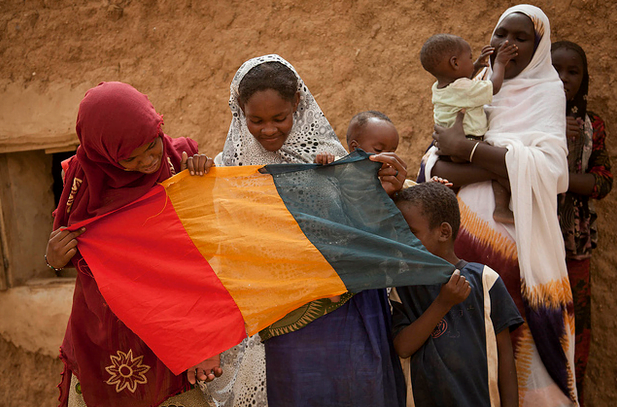June 20, 2015, will go down as a milestone in Mali’s history. Following months of negotiations in Algeria, a first – failed – attempt at signing the peace agreement between the Malian government and the Coordination of Azawad Movements (CMA), and long weeks of back-and-forth between the government, the rebels and negotiators – including some set-backs which almost made the agreement impossible – the historic peace agreement was signed in Bamako on Saturday June 20. The peace agreement marks the beginning of a period of political and social reconstruction in Mali – many questions and issues remain, but the stage has been set for a more pacified Mali to flourish.
The agreement, which initially left the CMA in a difficult position because of its lack of focus on key demands concerning the independence of northern Mali, known as Azawad to the Tuareg – was in fact not modified from its original form to accommodate the rebel groups’ demands. Instead, the government and the CMA went back to Algiers earlier this month to find a path forward. Out of the most recent negotiations emerged two key documents which enabled the CMA to come back to Bamako to sign the comprehensive peace agreement.
The first document looks at implementing the conclusions drawn by the agreement, and focuses on two key themes. The first key theme of this document is an agreement to hold further discussions concerning the status of the Azawad region; the second is the integration of CMA and other rebel group fighters into the regular Malian army, particularly in the north – an essential point which, if executed successfully, would help form the basis of a sustainable, inclusive peace in the chronically conflictual north. The second document which came out of this new round of negotiations in Algiers concerns the removal of pro-government militias from areas previously held by the CMA; a very contentious point, which almost completely derailed the process last month, as fighting between loyalist and rebel militias raged on.
Over the course of the two and half years of active conflict in Mali, the government has had to make difficult choices, including negotiating with groups that many in the country consider to be “terrorists” – something, which, at the outset, President Keita said he was not willing to do. Over time, however, practical considerations and the need for a negotiated agreement took precedence over this line of thinking, and, with the support of the international community – both regional and global partners – negotiations, and eventually, a signed agreement were made possible. It is a rare occasion when there is an opportunity to celebrate the official end of a conflict, particularly one which has raged on, on and off, for decades.
While, of course, the real challenge comes with implementing the peace agreement, the signature of the Algiers Accord took place amid a friendly and positive atmosphere. Observers report that the entire room where the signing took place exploded in cheers and applause, while, in a highly symbolic move, the President invited the rebel leaders to break the Ramadan fast with an Iftar feast at the presidential palace after the signing ceremony.
The UN Secretary General, Ban Ki-moon, is scheduled to request an extension of the mandate of the UN peacekeeping force in Mali, Minusma, today. Should the mandate be extended, the mission will also be bolstered by an additional 40 observers who will be tasked with monitoring the implementation of the Algiers Accord. With the ongoing support of the international community, and with the government and the rebel leadership increasingly on the same page, prospects for peace in Mali are finally looking good.
